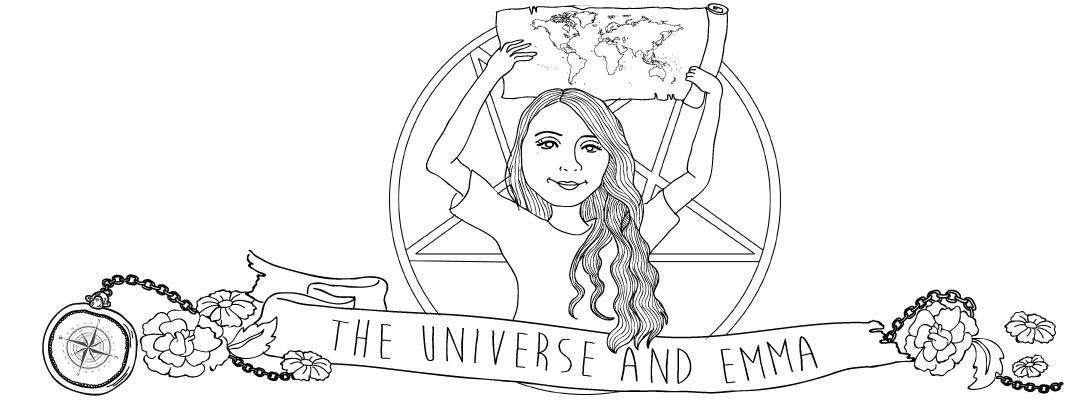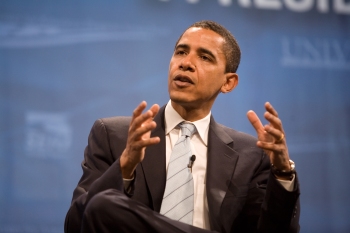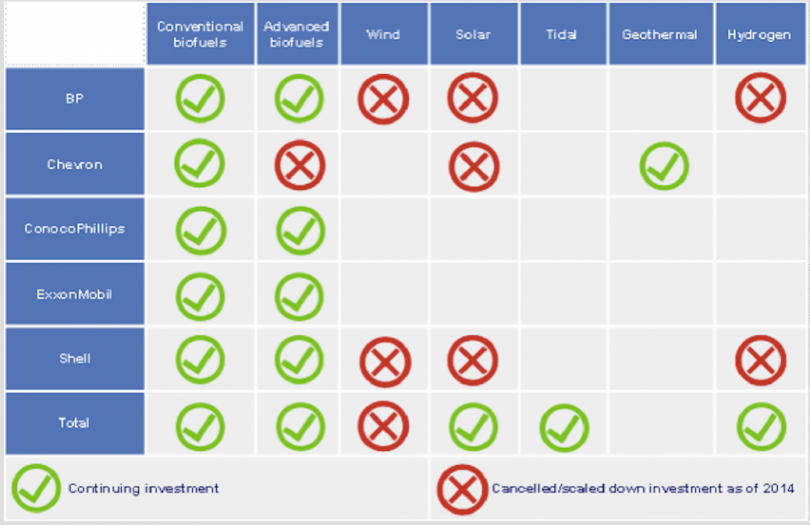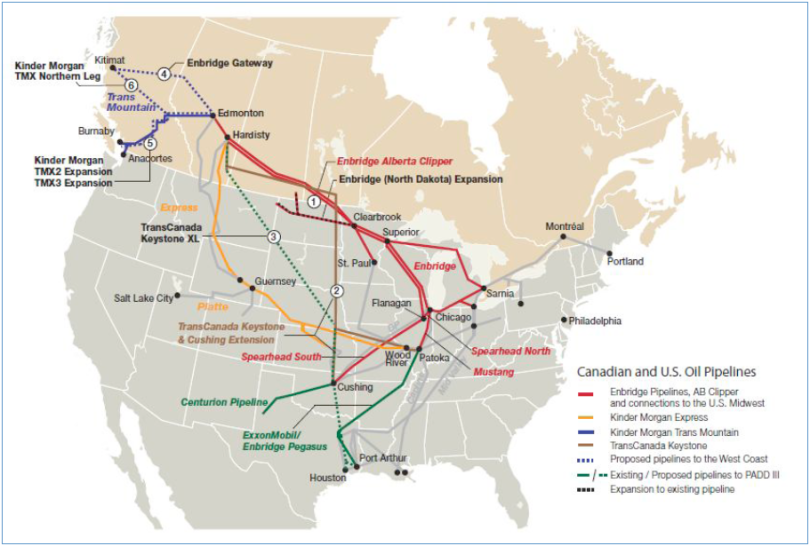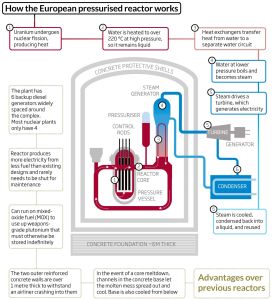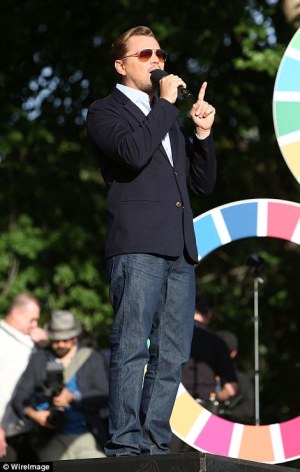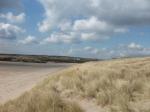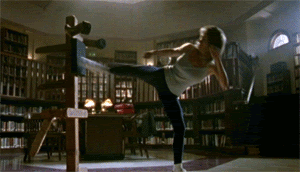
All photos courtesy of Tom Grant (apparently I was too in awe to take any…)
Recently I’ve been thinking a lot about places I’ve visited in the past and which one had been my favourite. This was a question that – strangely enough – I hadn’t really considered before – I’m always focussing on where to go next, but after contemplating all the amazing places I’m lucky enough to have seen, Snowdonia seemed the right fit.
Snowdonia was – if you read the introduction to this blog – where I found my sense of adventure and my love for travel because it was here that I broke through boundaries I didn’t know I had set for myself. I found beauty in a landscape scarred by its own processes and was captivated by the idea that completely different ecosystems can coexist beside each other. I loved going from being on sunny dunes one day to being in the middle of a snowstorm climbing to the top of the Y Garn peak then staring up at the vast 1085m of Snowdon the next.
The Aberglaslyn Pass was one of the most interesting visits. This is a narrow, fast flowing gorge along the Afon Glaslyn river. It was the first real experience I’d had of a trek alongside a river channel, and following the course of water is something that I think teaches you a lot about Earth processes – they’re relentless.
The Afon Glaslyn has its source in Glaslyn – a tarn (lake) in the middle of a cirque formed by glacial erosion due to converging ice flows, and abrasion of bedrock due to rocks held within this ice. It terminates at Llyn Gwynant, which was a filming location for Lara Croft in 2003!
Walking along these rapids is one of the memories of this trip I cling to most – hearing nothing but the sound of rushing water in my ears was exhilarating, and I even found some rose quartz along the path! I had a lot of time on this walk to think about what I was doing in the middle of North Wales, and what I had achieved over the 5 days that I had been there, so the water really helped clear my rather dizzy 16 year old mind. It was the most purifying places I had ever had the pleasure to be and I wish I’d had the time to sit down and appreciate it for longer.
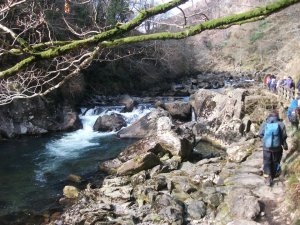
Another cirque we visited was Cwm Idwal, which is at the head of a glacially eroded hanging valley. The snow was lightly compacted but extremely thick, so we were waist-deep in snow for most of the journey around the beautiful and partially frozen Llyn Idwal. It was times like this on the trip that I would scream that I could not be a Geographer because nature was insane, yet I’ve found myself doing an English Literature and Geography degree a couple of years on because of these exact moments!
As I say in my video, it wasn’t just the natural environment that was so diverse – it was an age-old tradition of dedicated and proud local people that made this landscape so interesting. The farmers, council members and community action plan leaders we met were all particularly concerned about degradation of local environments, and expressed deep care about their culture and language. It was inspiring to hear of programmes like the Welsh Language Scheme in 2010, and to listen to the voices of people from a rather marginalised part of the UK raise awareness of the fact that this was an issue that they felt was of significant importance – and it is! Wales holds such beautiful folklore, stories and landscapes, and we should be doing everything we can to be aware of them and work with them to preserve their cultures.
The farm we visited was the epitome of this committed attitude to preservation – it had not only a beautifully preserved path to walk along with waterfalls and a link to The Watkin Path to Snowdon, but also showed amazing management techniques that made you appreciate the effort these people put in to protect not only their culture, but also the earth that they live on – a lesson that I think many of us should learn.

On one particular day we visited Llanberris, home of the Electric mountain – so called due to Dinorwig hydroelectric power station built within the Elidir Fawr on an abandoned quarry site. What made this town so interesting, however, was that this modern environmental technology was juxtaposed wonderfully against the tradition rack and pinion Snowdon Mountain Railway from 1896.
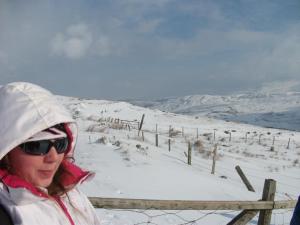
North Wales had so much to offer – a truly amazing landscape combined with idyllic settlements – I saw so many amazing things and learnt so many new skills on this trip (I even learnt to ice climb!). It was exhausting but definitely one of the best experiences of my life. Everyone needs to find themselves at some point, and exposing yourself to the elements will push you to places within yourself that you wish you’d found sooner.
